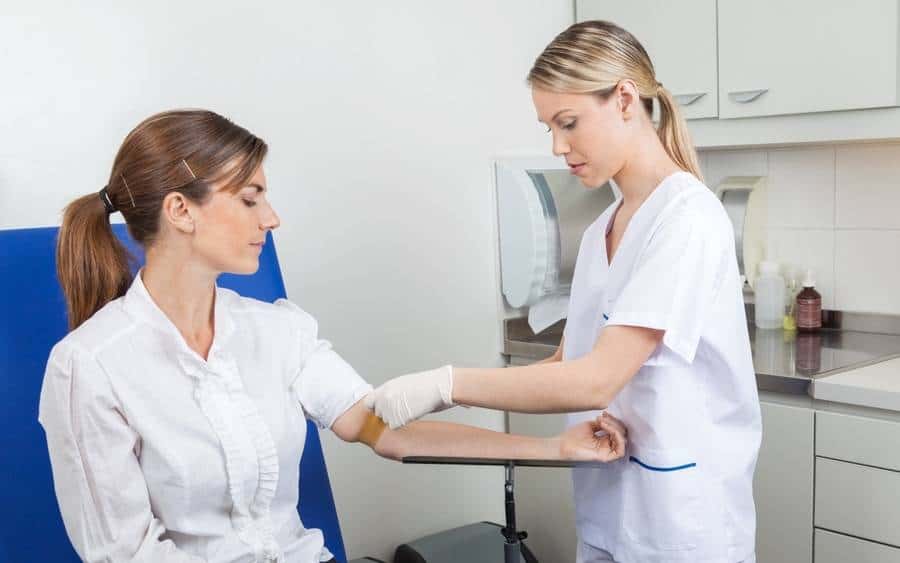Could A DNA Blood Test Detect Hidden Cancers?
Nikki Attkisson | Last Updated : June 28, 2021This single blood test can identify up to 50 various kinds of cancer. Indeed, the new technique is effective in locating various kinds of tumors for which there are no reliable testing techniques.
Under the present screening regime, people are tested for numerous diseases, not just specific ones. Study leader Dr. Eric Klein, chairman of the Cleveland Clinic’s Glickman Urological and Kidney Institute, stated, “By paves the way for a new framework of testing people for several malignancies with a singular blood sample, rather than the existing situation of screening for specific cancers.”
Could A DNA Blood Test Detect Hidden Cancers?
An innovative complete blood count for detecting malignant tumors can find cell-free DNA (cfDNA), which is a biomarker for malignancy.
He went on to say, “The test was able to detect cancer when it was prevalent in 51.5percentage points of all stages of the disease.”

Though the untrue beneficial rate which refers to the number of times an experiment has falsely diagnosed disease when there was no actual illness was only 0.5%, Klein commented that false-positive results occur on a small scale.
It breaks the blood test results by level, with the first stage indicating initial illness and the fourth stage representing advanced cancer, led to improved results.
Klein nevertheless highlighted the study’s importance in identifying malignancies that have evaded all previous methods of diagnosis. One of the cancers listed among them is liver & pancreatic cancers.
New screening demonstrated a markedly higher sensitivity rate for mysterious malignancies (those for that there will be no existing good screening techniques) than for tumors for which there are proven techniques for early detection, all the way through the disease process.
After lengthy testing, Klein’s group concluded that the exam was effective sufficiently to serve as a cancer testing method for people at elevated risk regardless of if either or not side effects appeared.
On June 25, the results were published in the Annals of Oncology. GRAIL, Inc., a Menlo Park, California-based test maker that financed the research announced that the blood sample is now accessible on a medication premise. To supplement existing tests, the instant aim is to implement them.
She went on to say that while the test’s tolerance for early-stage tumors — like stage 1 — is low, the early death rate can be reduced the most at this stage.
That’s not what we need or want, said Gralow. “We want a test that can sense cancer until it appears or before screening finds it for some types of cancer.”
While Dr. Gralow defined the fresh testing method as “special” because it can evaluate for lots of malignancies with a singular blood sample and it uses flowing cancer DNA to identify the existence of cancer, she goes on to explain that this “complex procedure” is an improvement over previous screening methods.
She believes the overall current aim is attempting to deal with a pressing issue. Despite screening currently available, we don’t have advanced screenings for a few of the greatest lethal cancers. Gralow stated, and the blood experiment shows commitment in terms of early detection and more quickly.
With over 15 years as a practicing journalist, Nikki Attkisson found herself at Powdersville Post now after working at several other publications. She is an award-winning journalist with an entrepreneurial spirit and worked as a journalist covering technology, innovation, environmental issues, politics, health etc. Nikki Attkisson has also worked on product development, content strategy, and editorial management for numerous media companies. She began her career at local news stations and worked as a reporter in national newspapers.
